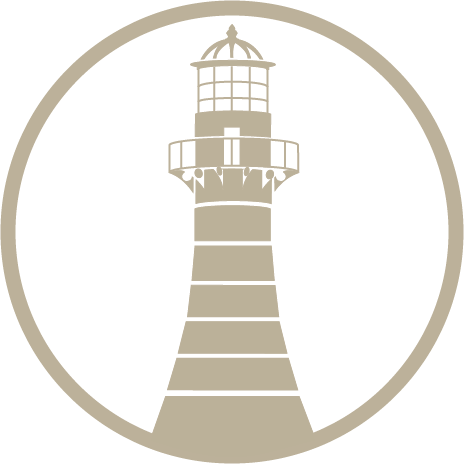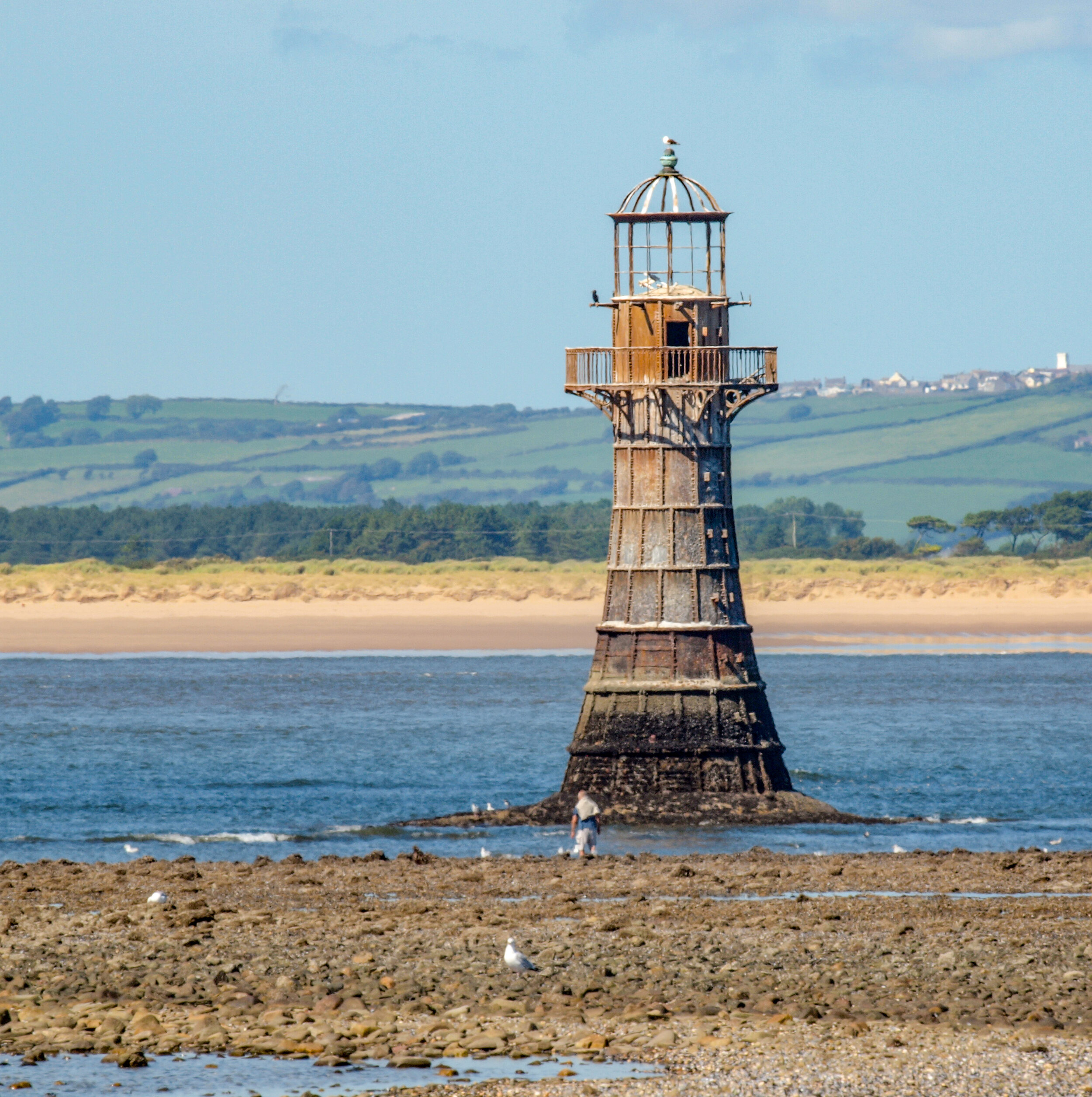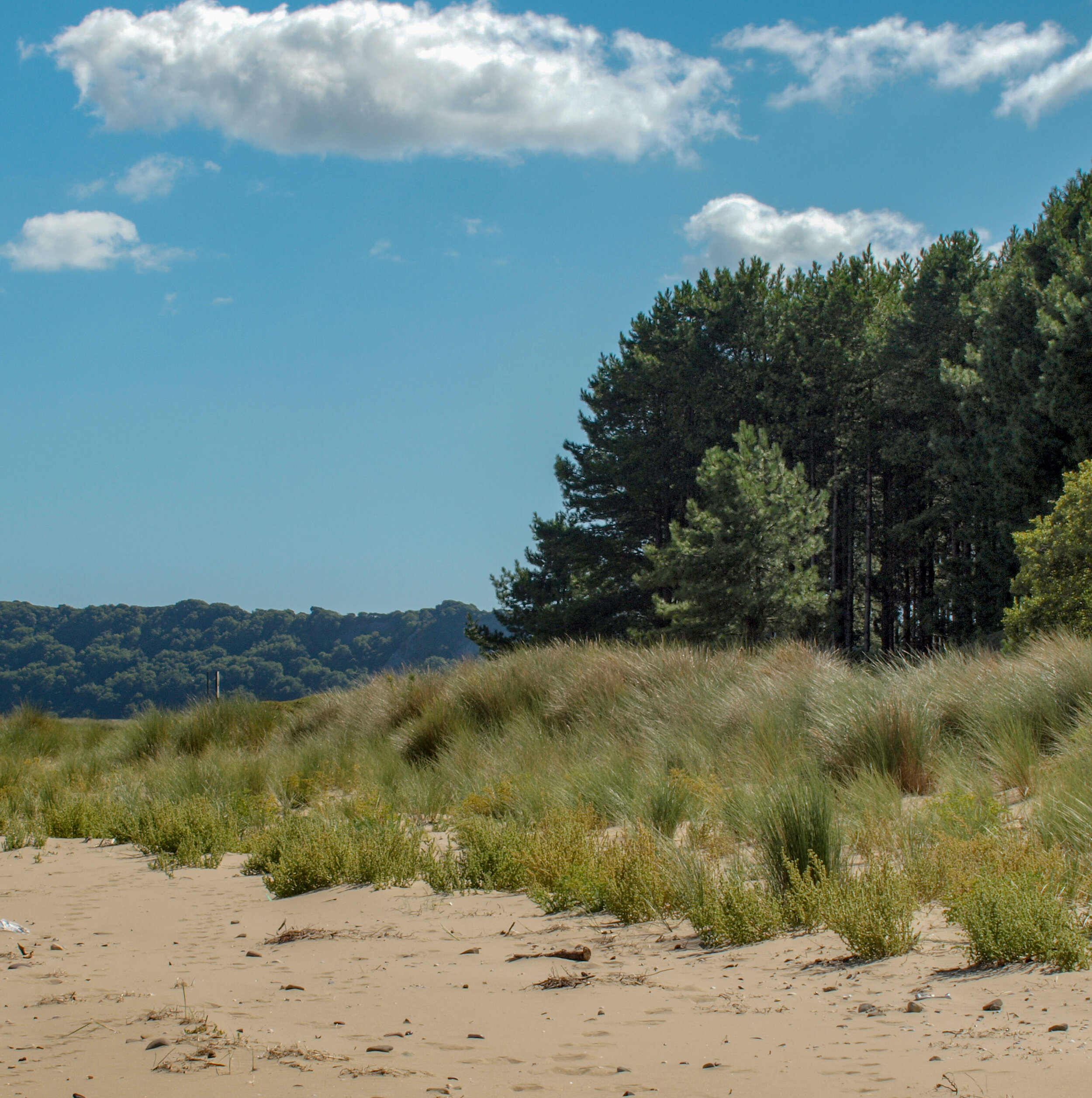Gower Shipwrecks
Helvetia
The Helvetia before being wrecked
Helvetia (Norwegian)
Location of Wreck: Rhossili
Date of Wreck: 01/11/1887
Cargo: 500 tonnes of timber
Description:
The Helvetia was a Norwegian Barque (Three Masted), she was travelling from Campellton (New Brunswick-Canada) to Swansea
On 31st October she reached Mumbles Head and was waiting for a Pilot, but by 8 o’clock next morning the wind had reached Gale Force conditions.
She was forced to slip anchor and found herself perilously close to the infamous Helwick sand bank off Mumbles. She lost a substantial part of her deck load overboard and sailed west along the Gower coast.
She rounded Worms Head and sought shelter in Rhossili Bay to wait for better weather. The ships captain even went ashore along with the local coastguard believing that all was well.
The wind suddenly changed direction and strengthened, ripping the anchor free of the sands and driving the Helvetia perilously close to the expansive sands of Rhossili beach.
With a heavy heart the order was given to abandon ship with all of the crew making it safely ashore.
Source: http://www.gowershipwrecks.co.uk/2009/11/gower-shipwreck-helvetia.html
SS Agnes Jack
SS Agnes Jack
Hafod Primary School. This film is based on the true story of the sinking of the SS Agnes Jack, off the coast of Port Eynon.
SS Agnes Jack (British)
Location of Wreck: Port Eynon Point
Date of Wreck: 27/01/1883
Cargo: Lead Ore
Description:
Gale force winds blows Agnes Jack on to the rocks at Port Eynon Point
The crew were unable to abandon ship
Vessel begins to break up and the crew are forces to hang on to the masts
Farm workers leaving for work heard their desperate shouts and quickly raised the alarm.
Rocket crews were quickly on the scene from both Rhossili and Oxwich but the range proved too great for their lines
The eight men lost their lives.
Their remains can be found at St Cattwg's Church, Port Eynon
Source: http://www.gowershipwrecks.co.uk/2009/01/gower-shipwreck-ss-agnes-jack.html
City of Bristol
City of Bristol
City of Bristol (British)
Location of Wreck: Rhossili Bay between Hillend and Burry Holmes (Low Tide Mark)
Date of Wreck: 18/11/1840
Cargo: Mixed: 15 bullocks, 280 pigs, 370 barrels of oats, 113 barrels of barley, 2 tierces of lard, 120 flitches of bacon
Visible Remains: Engines at low water on spring tides
The City of Bristol was a 210 ton wooden paddle steamer.
The vessel left Waterford on route to and Bristol on 17th November 1840
On 18th November, the wind had strengthened and visibility was poor
The Captain sought out shelter behind Worm's Head, but at a little after six in the evening land was sighted but the vessel run aground.
In the high seas it was deemed too dangerous to evacuate and the decision was made to stay on deck
Despite being lashed to the railings two crew were washed overboard before the City of Bristol finally broke in three shortly after midnight.
Twenty seven crew and passengers lost their lives
Only two survivors made it ashore by a combination of incredible luck and the help of locals.
Three bullocks and seventy five pigs were able to swim ashore
The Whiteford Disaster
Vessels: Mary Fanny (Llanelli), Water Lily (Llanelli), Onward (Llanelli), Jeune Celine (Jersey), Huntress (Workington), Amethyst (Dublin), Brothers (Llanelli), Roscius
Location: Whiteford Point
Date of Wreck: 22/01/1868
On Sunday 22nd January 1868 a flotilla of ships of set sail from the port of Llanelli
In total, nineteen coastal sailing vessels head up the Burry Inlet and out to the open ocean.
Each of the ships is carrying between 80 to 400 tonnes of coal and six are lined up on tow behind a single steam tug.
The tugs task is to get the sailing vessels clear of Burry Holms, the point at which they can safely set sail under their own canvas.
This night is relatively still and the sailors are at ease, but suddenly the wind dies down to nothing and the the tide turns. The swell of the sea starts to build
Although the ships drop anchor, they find themselves being dragged along the sea bed.
As the waves rise and fall the boats are lifted up before being smashed onto sandbanks.
Many boats lose their bottoms this way and simply sink in the middle of the estuary, Others are dashed onto the rocks or washed up along the beach.
The beach from Whiteford Point to Burry Holms was strewn with the detritus from the night before.
In all nineteen lives were lost as well as four ships belonging to Llanelli; the Onward, Amethyst and Jennie Celine foundered with all hands,
source: http://www.gowershipwrecks.co.uk/2009/01/gower-shipwrecks-whiteford-disaster.html













